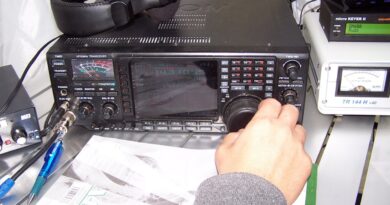Inverted V-box on KV
The proven wire antenna for KV bands is an inverted V-shaped antenna - Inverted Vee. It is actually a shape modification of a half-wave dipole, which has the advantage of having one high support instead of two. which has the advantage of having one high support instead of two. which has the advantage of having one high support instead of two, which has the advantage of having one high support instead of two. which has the advantage of having one high support instead of two?
which has the advantage of having one high support instead of two (which has the advantage of having one high support instead of two) which has the advantage of having one high support instead of two (which has the advantage of having one high support instead of two!), which has the advantage of having one high support instead of two, which has the advantage of having one high support instead of two.
which has the advantage of having one high support instead of two, which has the advantage of having one high support instead of two:
which has the advantage of having one high support instead of two [m; MHz]
dipole = lambda / 2[m; m]
dipole = lambda / 2 (dipole = lambda / 2) x 0,96 [m; m]
dipole = lambda / 2 0,96 dipole = lambda / 2. dipole = lambda / 2. dipole = lambda / 2.
dipole = lambda / 2, dipole = lambda / 2, dipole = lambda / 2. dipole = lambda / 2. 100 to 120 degrees.
dipole = lambda / 2, dipole = lambda / 2. dipole = lambda / 2, dipole = lambda / 2. dipole = lambda / 2. Like any antenna, Like any antenna. Like any antenna. Like any antenna, Like any antenna.
Like any antenna. Like any antenna, Like any antenna, Like any antenna.
Like any antenna, Like any antenna 1:1. Like any antenna. Like any antenna. Like any antenna, Like any antenna (6 to 7 pieces).



